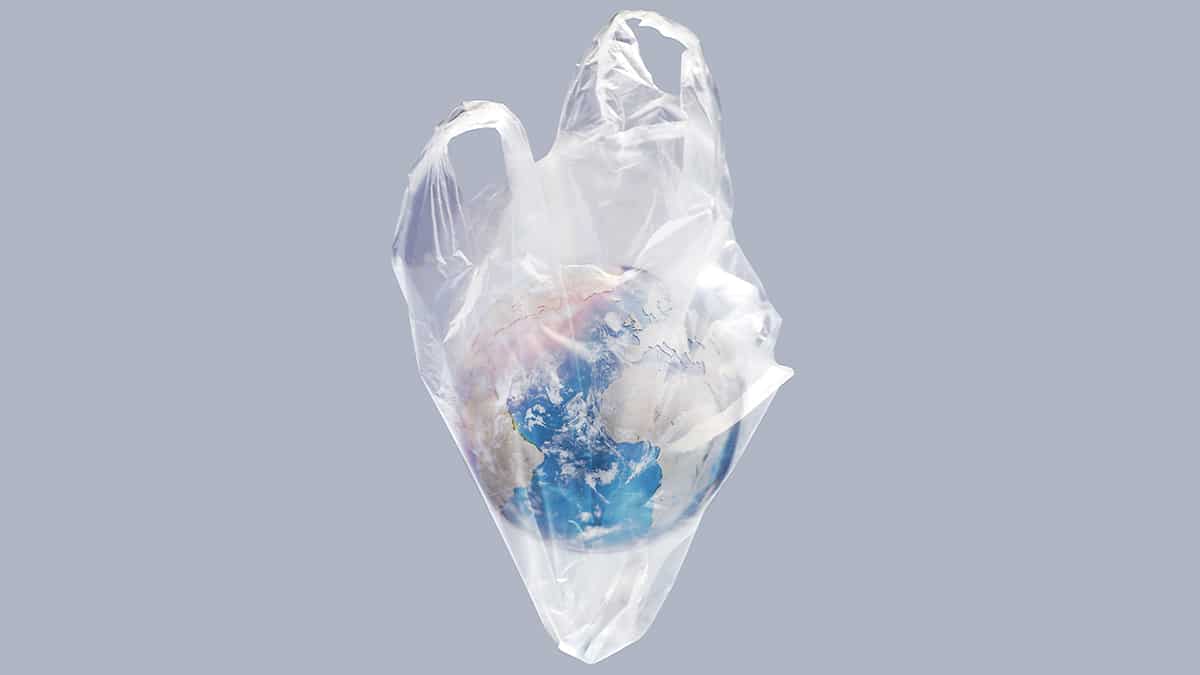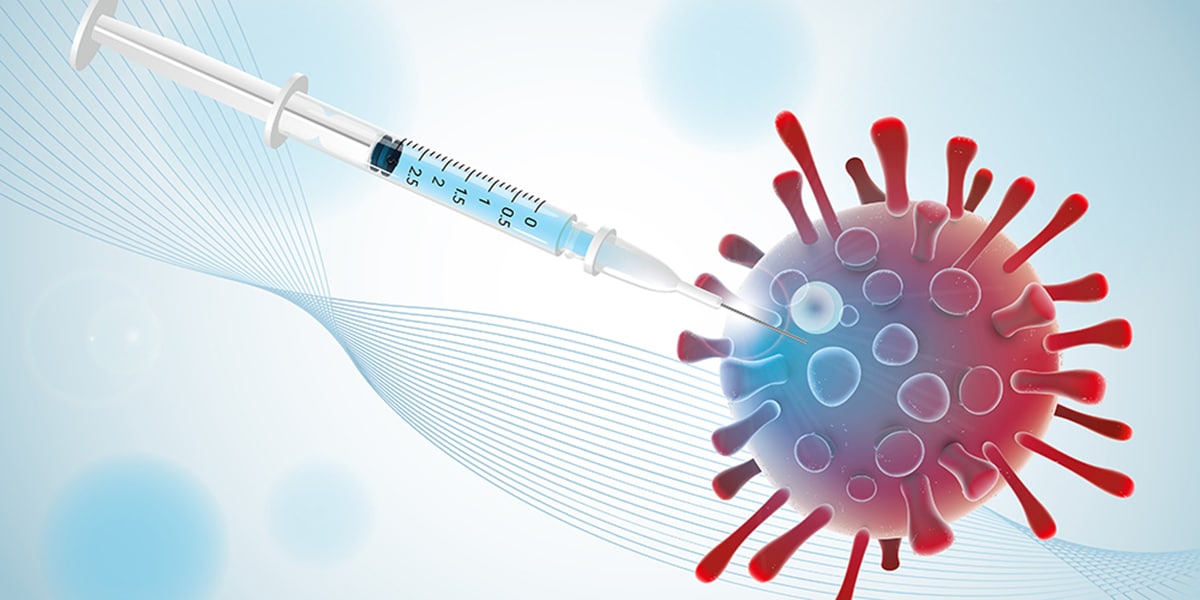
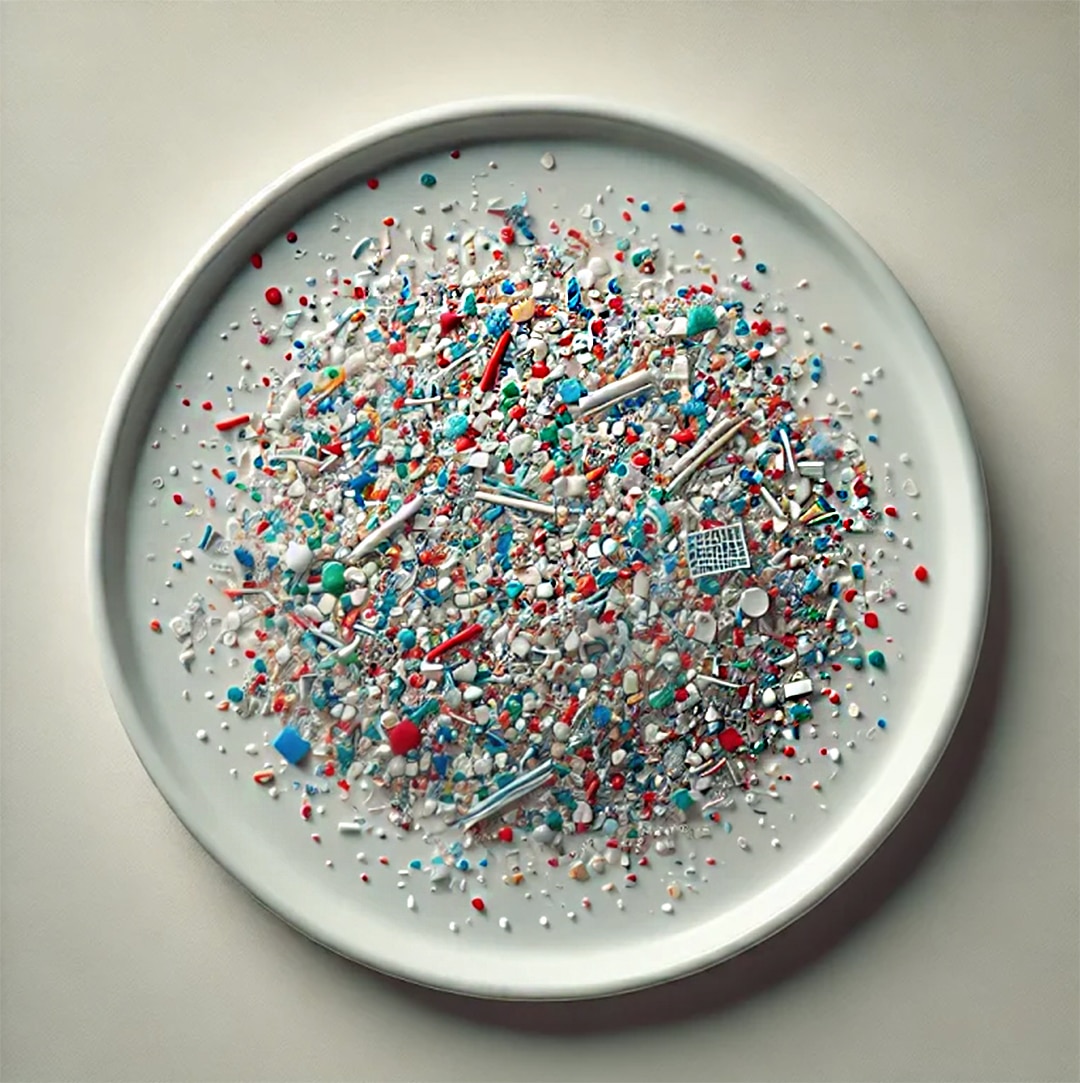
Humans Now Ingest Six Times More Microplastics Than in 1990
Humans are ingesting and inhaling more microplastics than at any time in recorded history, a Cornell University study revealed.
The research shows microplastic consumption has risen sixfold globally since 1990, with Asian, African, and American countries all experiencing increases. People in China and the United States are among those consuming record levels of tiny plastic particles through food, water, and air.
These pervasive particles have been detected in human blood, lungs, and breast milk. Scientists warn that microplastics are altering cell behavior in internal organs, leading to a condition they’ve dubbed “plasticosis.”
Analyzing data from 109 countries, researchers found an uneven global distribution of microplastic intake. Southeast Asian countries suffer the highest rates, with some areas exceeding 50 times 1990 levels. Parts of the Middle East, North Africa, and Scandinavia also emerged as hotspots for high microplastic consumption.
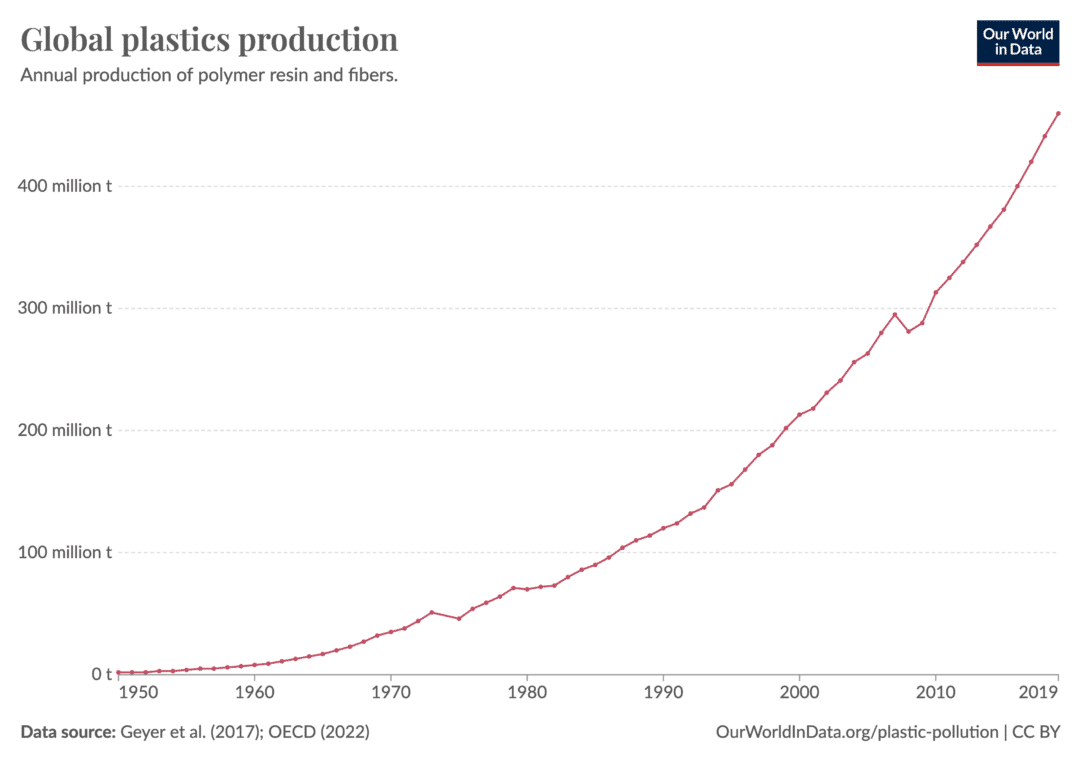
Contaminated seafood, packaging, water drive global disparities

Southeast Asia suffers from the highest rates of microplastic consumption.
Indonesia tops global microplastic dietary intake at 15 grams per month – over a tablespoon of plastic ingested per capita. Malaysia, at 12 grams per month, ranks second, while Vietnam and the Philippines saw 11 grams of MP consumption per person per month.
Researchers attribute high microplastic intake in Southeast Asian countries to seafood-rich diets. Marine life often mistakes plastic for food, which then accumulates in their bodies. As a result, fish and other sea creatures account for 70% of human exposure to microplastic particles, the study found.
In these countries, plastic particles often contaminate refined grains during milling, drying and packaging processes, contributing to over 20% of microplastic dietary uptake.
Disparities persist beyond seafood and grain exposure, with industrializing countries bearing a greater burden. The researchers note that the microplastic concentration in table salt in industrializing countries like Indonesia was around 100 times higher than that in the U.S.
Other sources include imported packaging, litter, poor waste collection, and a lack of lined landfills.
In the air

China and Mongolia face the highest daily microplastic inhalation per capita.
While microplastics are most often associated with the marine environment and seafood consumption, the particles can also be inhaled. Airborne microplastics typically originate from urban activity and industrial manufacturing.
People in East and Southeast Asian countries can inhale up to 2.8 million particles a day, with China and Mongolia having the highest amounts of inhaled microplastics. In the US and Canada, that number is 10,000 particles a day – several orders of magnitude smaller.
“Ubiquitous” in the environment
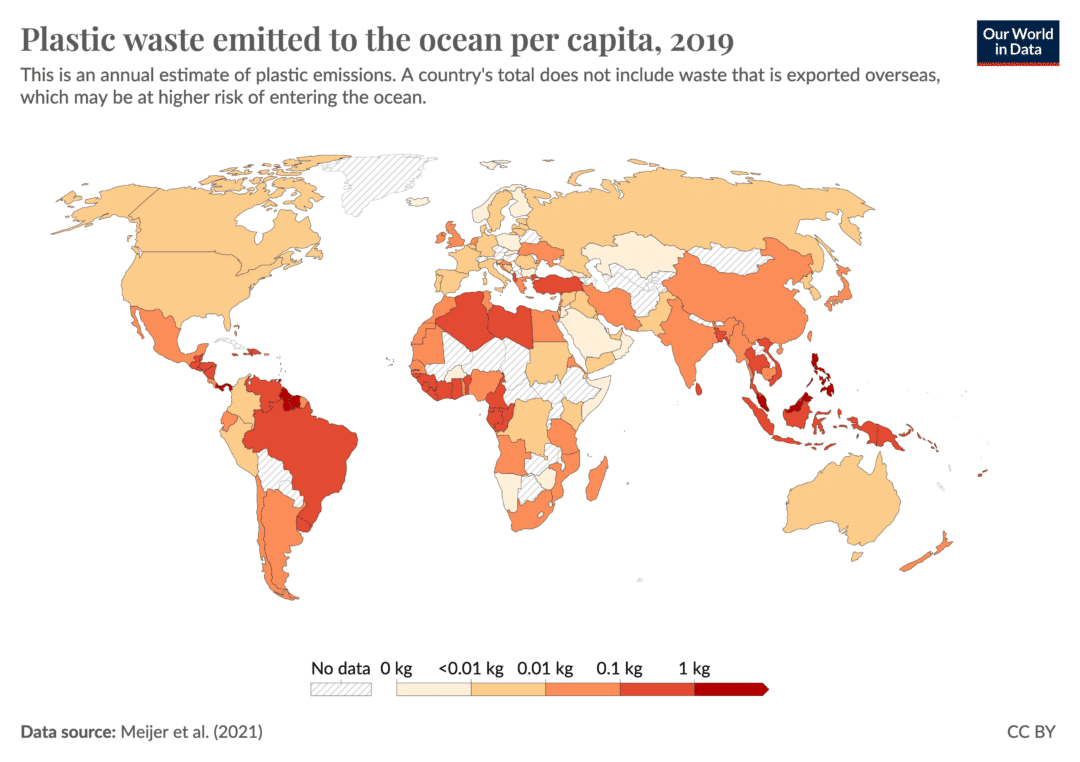
Since plastic production began en masse in the 1950s, humanity has churned out enough plastics to wrap the earth in clingfilm. Millions of tons of plastics are dumped into the environment each year, much of which degrades into smaller pieces that infiltrate our food, water, and air. Known as microplastics, these particles have been detected in our bodies as well.
The risks of microplastics on human health remains an understudied topic.
A 2022 World Health Organization report concluded there was no clear risk to human health, based on limited available evidence.
Most research has focused on ways the particles cause inflammation. A 2022 study reported a correlation in higher levels of microplastics in patients with inflammatory bowel disease.
A newer study, published earlier this year in the New England Journal of Medicine, found a link between microplastics and heart attacks and strokes.
“Even though there’s a lot we still don’t know about microplastic particles and the harm they cause to humans, the information that is available today is in my mind very concerning,” Boston College researcher Dr Philip Landrigan told the Associated Press recently.
Studies have also found that microplastics act as effective carriers of other toxic pollutants. These pollutants “cling” to microplastics, making them more toxic and allowing them to travel longer distances.
Hopes for plastics treaty at INC-5

Southeast Asia and Egypt have measurably high levels of microplastics in their populations’ blood.
The fifth Intergovernmental Negotiating Committee on Plastic Pollution (INC-5) is set to meet in November. Its goal is to develop an international legally binding instrument on plastic pollution, including in the marine environment.
Plastic production mitigation must be a priority, the Cornell researchers said, especially through incentivizing the removal of preexisting plastic from waterways. The study projects that the removal of 90% of plastic debris from the oceans and rivers would halve microplastic consumption in Southeast Asia.

Torn single-use plastics abandoned, and buried into fields worldwide are leading to the accumulation of microplastics in soils.
The authors argue that food, water, and industrial policy can shift the microplastic landscape, halting future sources and managing current plastic debris. Stopping microplastic entry into the food system would mean less exposure from seafood and produce.
Image Credits: Xiang Zhao/Fengqi You, Xiang Zhao/Fengqi You, FAO – Assessment of Agricultural Plastics and their Sustainability – A Call to Action .



